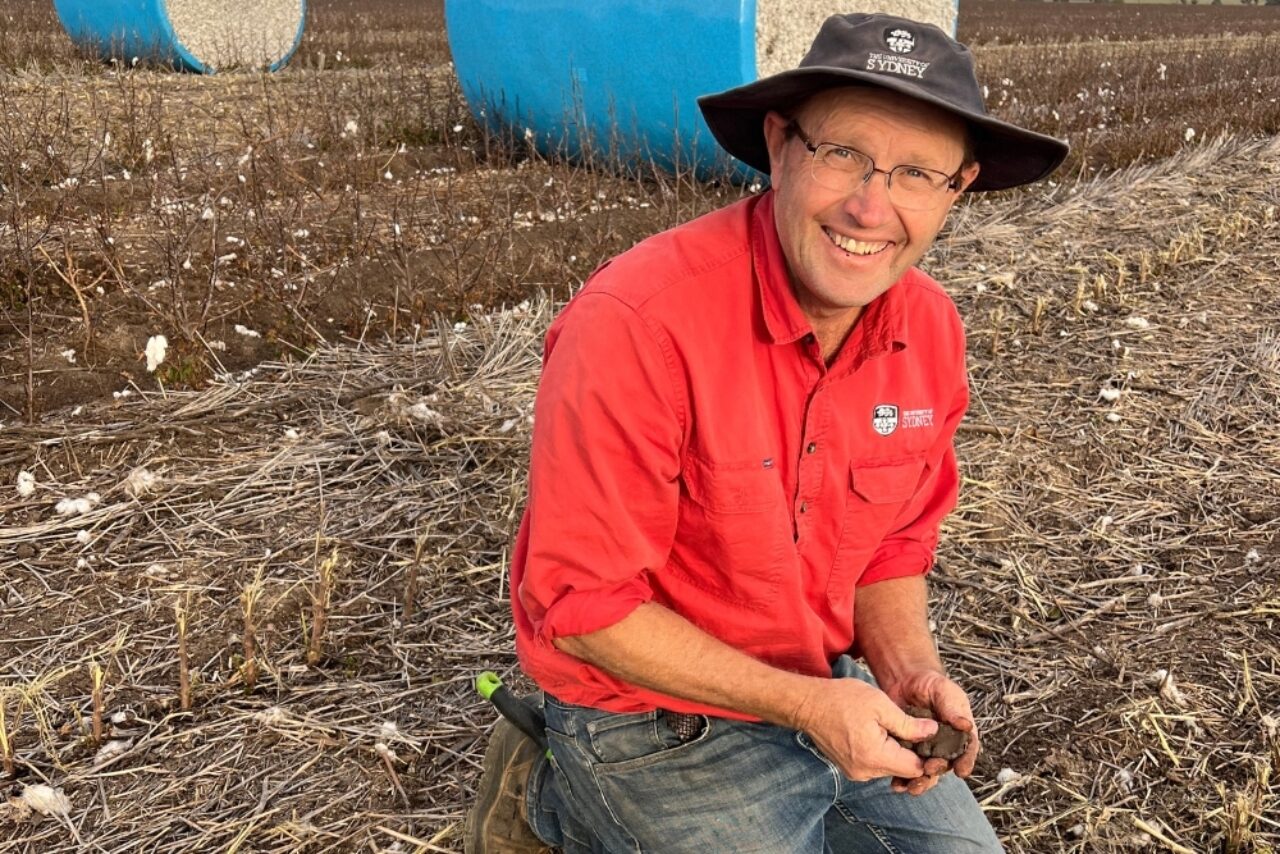
If you attended the 2025 Australian Cotton Forum in July, you may have been lucky enough to hear Dr Guy Roth, Director of Northern Agriculture at the University of Sydney’s Narrabri campus, share insights into the campus’s ongoing research uncovering the hidden biodiversity on and around farms. His work is helping to expand our understanding of the landscapes where cotton and other crops are grown.
Traditional monitoring methods, such as ground surveys of bird species, provide valuable results - Roth has already identified more than 140 unique bird species living on the farm - but these methods are time-consuming and labour-intensive.
“That was the old way of doing things - and very interesting work it was - but it was time to introduce some technology.” Said Dr Roth during his session at the forum, part of the Innovation Showcase panel.
University staff, led by Professor Carolyn Hogg, have recently been trialing new ways of monitoring biodiversity at scale - including capturing the “genetic footprint” of the farm through environmental DNA (eDNA) monitoring. Using cores filled with cotton wool-like filters placed around the farm, the team collects traces of DNA from the air to determine which species have been present - from kangaroos and birds to bats and insects.
Along with findings from cameras, sensors and acoustic listening devices, the results have been surprising. “We’ve discovered 15 species of insectivorous bats, five of which are threatened species in NSW - and we actually had no idea they were here,” says Dr Roth. “They're really only out and about at nighttime.”
Why does this matter for cotton farming? Because bats feed on insects, including Heliothis - cotton’s main pest. This kind of “ecosystem service” highlights the direct role biodiversity can play in supporting crop health.
Understanding biodiversity isn’t just about cataloguing species - it also helps inform integrated pest management (IPM). For example, natural predators like bats, birds and beneficial insects play a role in keeping pest populations in check.
By recognising and monitoring these relationships, researchers and growers can make more informed decisions about crop protection. Over time, this knowledge can support approaches that reduce reliance on pesticides, encourage natural pest control, and contribute to more balanced and resilient farming systems.
Watch Dr Guy Roth’s 2025 Australian Cotton Forum Presentation here.
Watch Cotton Australia’s recent ‘Australian Cotton Stories: Biodiversity’ episode here.
